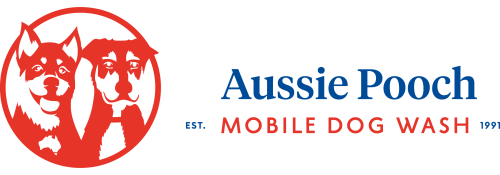Just like humans, dog’s need their teeth taken care of. Dogs deserve the same dental care as we do and now that our pets are living longer due to better preventative medicine and more advanced way to diagnose and treat disease, Vets are seeing that the most severe medical problems are dental.
 Have you looked in your dog’s mouth lately?
Have you looked in your dog’s mouth lately?
Dogs have 28 deciduous teeth (temporary) and 42 permanent teeth. Deciduous or “milk†teeth begin appearing when the puppy is 4 weeks old and are lost gradually between 14 and 30 weeks of age. During this time puppies tend to eat less and chew considerably more. Hard rubber or rawhide toys made especially for dogs are a good investment both for the dog and to save on damage to your furniture.
Common signs of dental problems in your dog:
Early signs include foul smelling breath, excess salivation, and reluctance to eat. Other more serious effects can include tooth loss, abscess formation and secondary infections of other organs including the heart, lungs, kidneys and liver. If you suspect that your dog has dental disease, it is important to take him to your vet for a check up.
Regular visits to a Veterinary specialist are the best form of prevention.
Yearly checkups are a must. And an instant visit if you suspect something is not right. Curiously enough small dogs are more likely to periodontal disease (plaque, tartar) because their teeth are sometimes too large for their mouths. But by far the best way to avoid too many visits to the Vet is to employ some care and maintenance yourself.
Good dental care begins at home with the food you serve…..
Rawhide bones, chews, large strips of raw meat and large biscuits can be given to dogs daily to help encourage chewing and to prevent formation of plaque and tartar. Big carrots are also beneficial. As long as your dog ‘thinks’ a carrot is a reward bone, he’ll enjoy it! The wrong kind of food can do the worst damage. There are many foods on the market today including a healthy range of “natural†foods. Ask your Vet about the best dental care for your pooch.
….. and regular brushing.
That’s right brushing. The most effective way to remove plaque from your dog’s teeth is to brush them, using a special pet toothbrush and toothpaste designed for use on animals.
 Brushing must be introduced to your dog slowly, and can begin by rubbing his lips and gums with your finger before introducing a finger brush or toothbrush. When the brush is first introduced, start by only brushing a few teeth at a time, and eventually work up to include all teeth.
Brushing must be introduced to your dog slowly, and can begin by rubbing his lips and gums with your finger before introducing a finger brush or toothbrush. When the brush is first introduced, start by only brushing a few teeth at a time, and eventually work up to include all teeth.
You’ll be happy with the results and your dog will give you the best smile yet! For further hints and tips speak with your Aussie Pooch Mobile professional.
1300 369 369 / Visit our Website /Like us on Facebook

